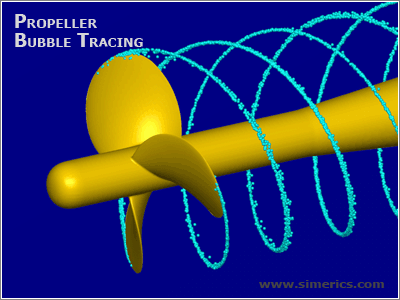Quote:
Originally Posted by daves302gt

kach22i,
What do you think that might change in this experiment? How much downward or upward force is on the front of each wheel, thus the direction it's tendency is to turn?
|
I'm not sure I would change anything in the experiment given it illustrates clearly the differing effects of the swilling force coming off of the fan blades as the height of the wheels behind it are elevated and lowered into the swill.
Explanation here although the images are small - go to page.
A discussion of side and down thrust by Gibbs Guides
Quote:
|
This picture of a WW2 Corsair clearly shows that the prop imparts a swirl to the airflow, causing it to hit the fin at an angle. This produces a yawing force, typically causing the nose to want to swing to the left
|
Link to another small image , this one by Michael Balter:
http://www.gbrcaa.org/ntoa/Page%204%...20set%20up.htm
Water is similar:
http://www.ivorbittle.co.uk/Articles...0for%20net.htm

Quote:
|
It clearly shows the rotating flow pattern that tells us that the propeller is producing thrust and it shows the tip vortices.
|
http://www.simerics.com/gallery_propeller

Quote:
Propeller:
A propeller is essentially a type of fan which transmits power by converting rotational motion into thrust for propulsion of a vehicle such as an aircraft, ship, or submarine through a mass such as water or air, by rotating two or more twisted blades about a central shaft.(From wikipedia)
|
__________________
George
Architect, Artist and Designer of Objects
2012 Infiniti G37X Coupe
1977 Porsche 911s Targa
1998 Chevy S-10 Pick-Up truck
1989 Scat II HP Hovercraft
You cannot sell aerodynamics in a can............
Last edited by kach22i; 11-05-2013 at 10:25 AM..
|